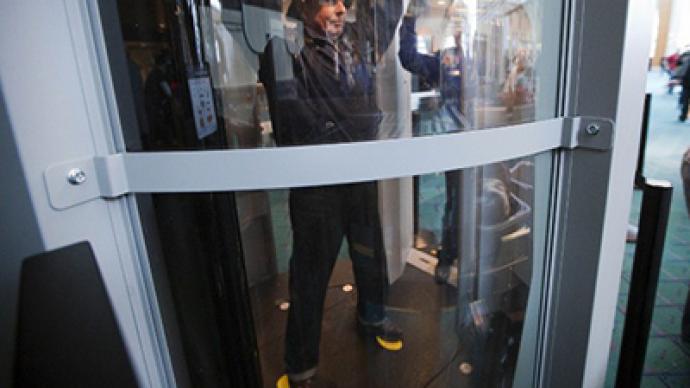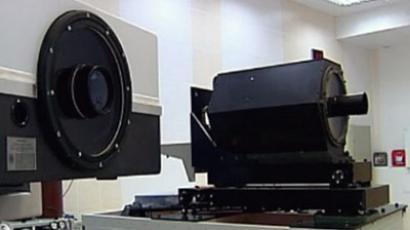Laser pat-down: Invisible scanners to secretly search people

American security wants to deploy laser scanners, which would discretely screen people for traces of explosives, drugs and gunpowder without their consent. They would even look through clothes from up to 50 meters away.
The device is being developed by Genia Photonics, producer of advanced picosecond fiber-based laser systems for spectroscopic applications, reports Gizmodo. The work is funded by the Department of Homeland Security through the non-profit venture capital firm In-Q-Tel and may result in a workable product as early as two years’ time.The rack-mounted scanners may be installed at airports, stadiums and other locations as soon as available. The machine shoots very short pulses of laser beam to cause vibration in molecules and detects the signature of the optical signal it produces. The technique allows detection of trace amounts of the chemicals it is adjusted to find.The approach is not new, and a similar scanner for explosives is under development in Russia. At the moment it is a lab-based-only detector. Engineers are working on a portable version as well as an extension, which would render a 3D image based on the scan signal.
But Genia Photonics’ device is expected to work much faster and be easily adjustable to different molecular tags, not just drugs, explosives and toxins. The report hints that it has the potential for screening passing people for high level of adrenaline – a sign of agitation and possible violent behavior.The scanning process is also invisible to the naked eye, so people may be effectively subjected to patting down at a safe distance of up to 50 meters without knowing it.“Going well beyond eavesdropping, it seems quite possible that US government plans on recording molecular data on travelers without their consent, or even knowledge that it's possible — a scary thought,” the report suggests.














